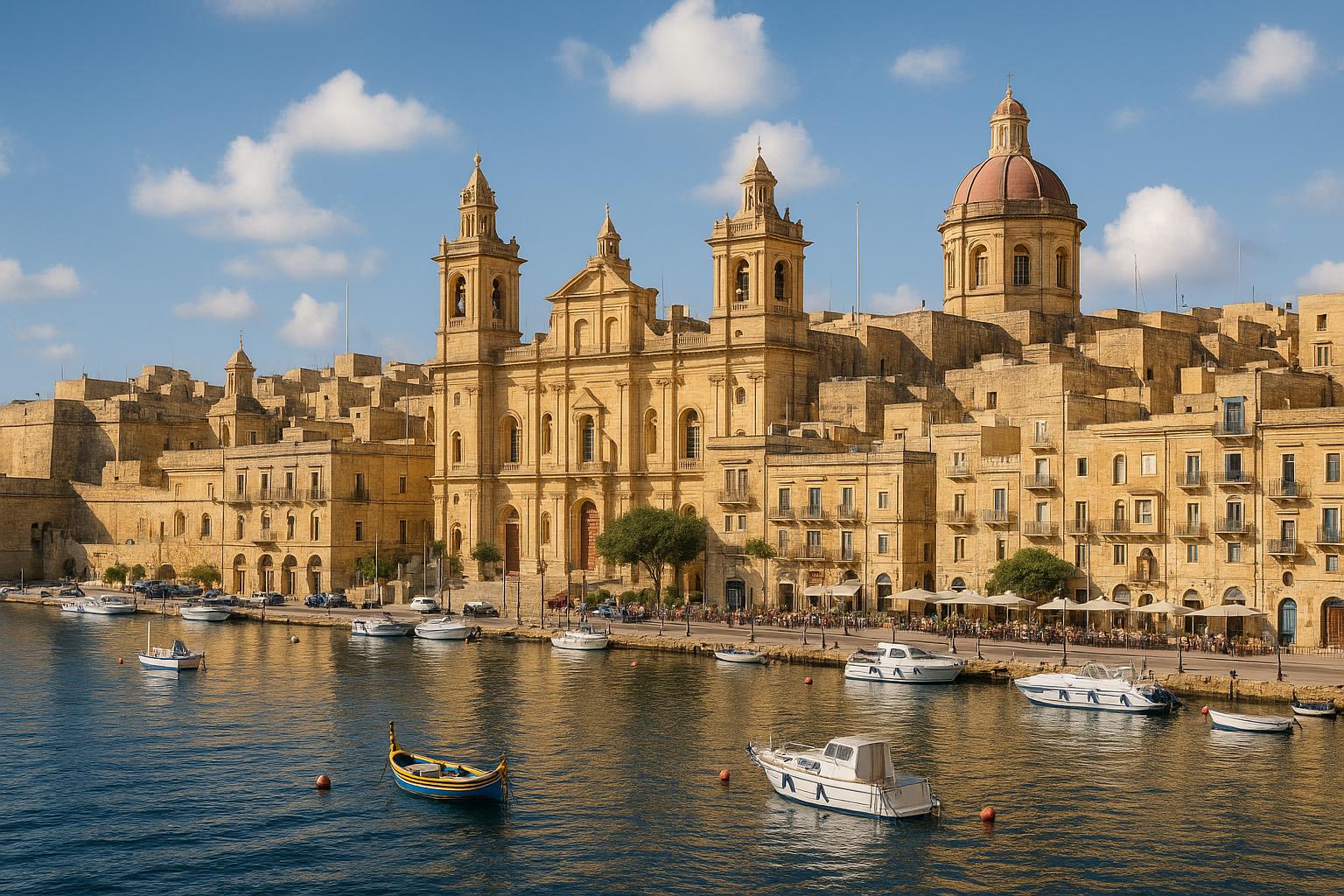Introduction to Birgu (Vittoriosa)
Birgu, also referred to as Vittoriosa, is an intriguing part of the archipelago nation of Malta, situated prominently in the southeastern region of the island. It’s distinctively one of the renowned Three Cities, hallmarking the deep and rich history that has permeated this area well into the modern era. Walking through Birgu is akin to stepping back in time, as the city’s roots stretch as far back as the Middle Ages. Over the dynasties and centuries, Birgu has stood resilient and prominent, a silent witness to the cultural influences and shifts brought forth by some of the world’s most storied civilizations. These civilizations include the enterprising Phoenicians, the mighty Romans, and the legendary Knights of St. John, each leaving an indelible mark on the city’s architectural and cultural fabric.
Historical Significance
The strategic significance of Birgu cannot be overstated, particularly during one of the most cavalier episodes in Maltese history—the Great Siege of Malta in 1565. This was a year fraught with peril as the formidable Ottoman Empire rigorously attempted to conquer the island. In a stunning turn of events, the defenders showcased remarkable resilience and fortitude, leading to an iconic victory that resonated throughout Europe. In honor of this audacious defense and eventual triumph against the odds, Birgu was fittingly renamed Vittoriosa, a term evocative of victory. Its position overlooking the Grand Harbour endowed it with strategic military advantages, making it the original seat of the sovereign Military Order of the Knights of St. John before Valletta was commissioned as the capital.
Main Attractions
Visitors to Birgu are met with a remarkable palette of landmarks, offering a deep dive into the region’s storied past. A notable highlight is Fort St. Angelo, which majestically rises against the horizon, embodying the military prowess and architectural ingenuity of its era. Over time, the fortification evolved through several roles: from a formidable castle in antiquity to a vital fortification under the auspices of the Knights of St. John. Presently, it stands as a bastion of education and exploration, inviting the public to navigate through its corridors and gateways, unraveling the mysteries of its storied history.
Adjacent to this, the Inquisitor’s Palace emerges as a focal point of interest, offering a unique look into ecclesiastical and judicial history. It is among the surviving examples of inquisitors’ palaces throughout Europe, now serving as a museum that diligently captures and presents the narrative surrounding the Inquisition within Malta, complete with exhibitions focused on areas such as justice and religious governance. Insightful and contemplative, it provides contextual depth into the multifaceted roles this site played historically.
Similarly, a visit to the Maritime Museum is a voyage into Malta’s naval heritage. The museum is strategically housed in the former British naval bakery, creating a harmonious blend of Malta’s colonial past and maritime legacy. It features extensive collections of maritime artifacts and exhibits, rendering a vivid portrayal of Malta’s storied tradition in seafaring and exploration imbued within its naval history.
Culture and Festivals
A heartbeat of cultural expression, Birgu is celebrated for its dynamic cultural calendar. Among the diverse array of cultural offerings, Birgufest stands out as an annual pinnacle of celebration. Every October, this festival unfurls with vibrancy, displaying a confluence of traditional Maltese music, culinary delights, and vibrant public performances. The evocative ‘Candle Night’ serves as the festival’s highlight—where street roads and pathways shimmer under the gentle, flickering glow of numerous candles, converting the city into a tableau of whimsy and enchantment, drawing both local denizens and foreign visitors into its unassuming charm and convivial spirit.
Local Cuisine
The culinary scenes in Birgu are a palate-pleasing combination of traditional Maltese flavors and recipes. As visitors explore the old streets and scenic passages, they are warmly invited to sample the hearty Maltese cuisine. Gastronomic landmarks include rabbit stew (fenek), a traditional Maltese dish brimming with flavor, and pastizzi, iconic pastries that are delicately crafted with fillings such as ricotta or peas. The culinary experience is further elevated along the charming waterfront area, where visitors are afforded the opportunity to dine with enchanting views of the marina, soaking in the vibrant atmosphere coupled with the delightful aroma of Maltese dishes.
Access and Transportation
Reaching Birgu presents itself as an accessible endeavor with several transportation options available. From the historic cityscape of Valletta, ferry services provide a scenic path over the enchanting waters of the Grand Harbour, a journey cherished for its picturesque views that captivate the beholder’s senses. Alternatively, buses offer a more direct transportation route into the heart of Birgu. Upon reaching Birgu, exploration becomes a pleasurable walk, as most landmarks and attractions reside comfortably within walking distance, allowing for an intimate journey through its historic streets and viewpoints.
In conclusion, the city of Birgu, or Vittoriosa, mystifies and compels with its rich tableau of history, culture, and tradition. Steeped in illustrious heritage, with its well-preserved architecture and vibrant cultural celebrations, Birgu resides as an indispensable chapter in Malta’s historical narrative. As one gazes upon its ancient walls and bustling promenades, they are treated to a profound intersection of past and present, where the whispers of history continue to serve as a faithful companion in the exploration of Malta’s distinguished and colorful past.

